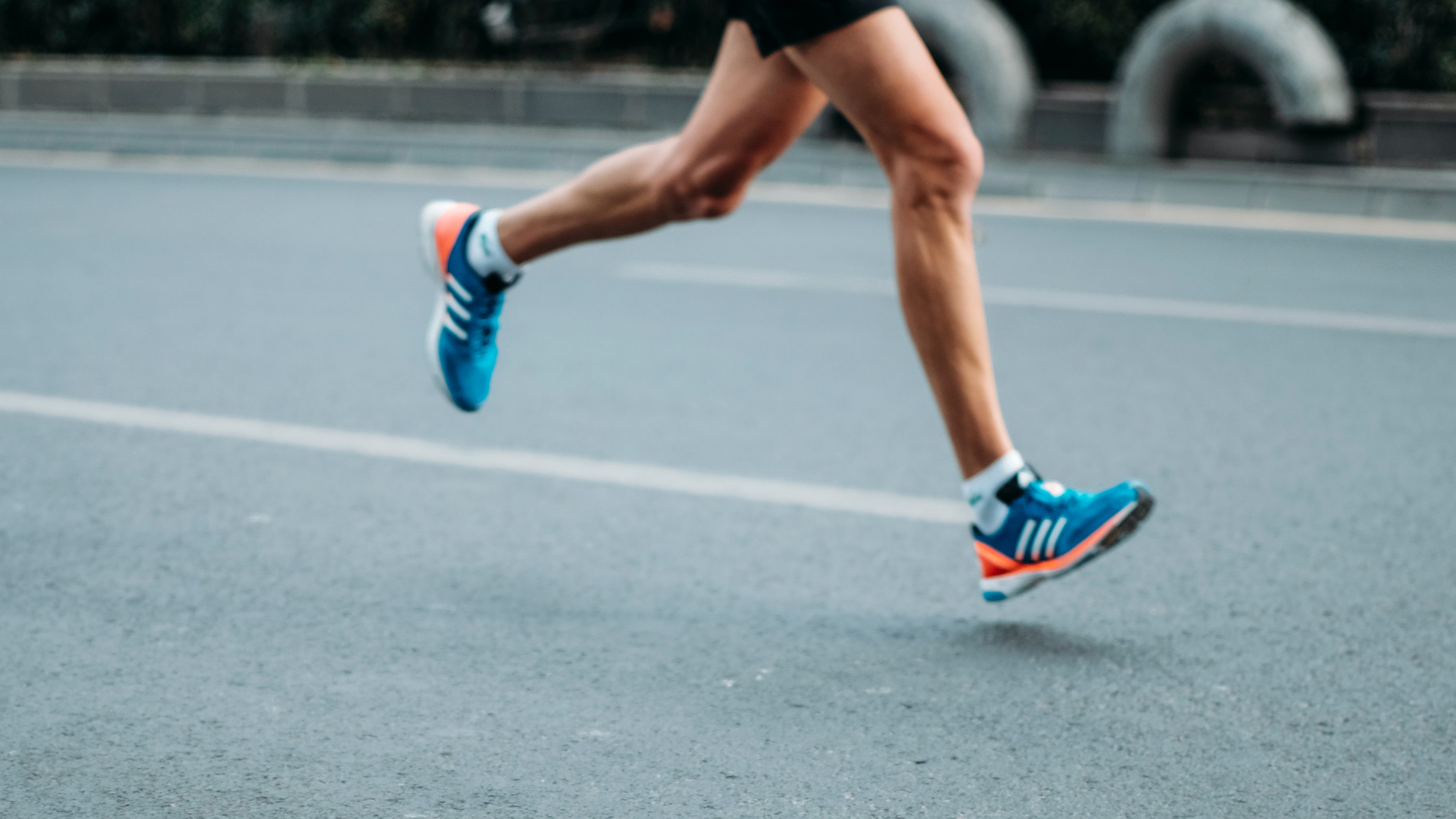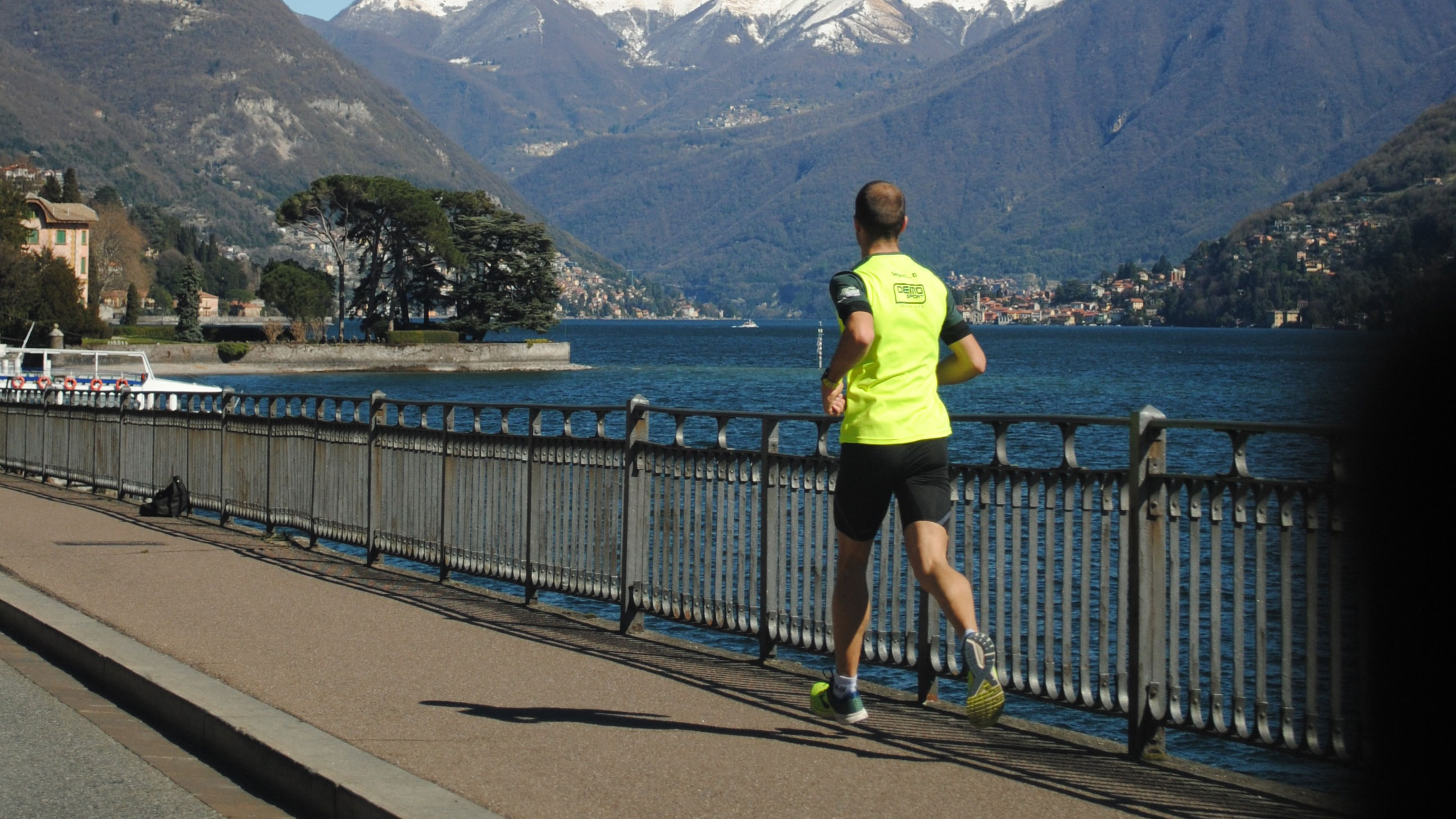Fitness: How cardio exercise helps to fight the effects of ageing
Time to lace up your running shoes, as cardio exercise has been found to delay age-associated blood pressure hikes


There's lots of age-related benefits to exercises like yoga, or strength training. Yoga will keep your muscles flexible, improving your range of motion to ensure you stay limber in your old age. Strength training, however, will increase muscle mass, which fights against the process of atrophy.
However, cardiovascular exercise, such as going for a run, brisk walk, cycling or doing HIIT training, is also vitally important to staying active and healthy as you age.
- NEW: Five of the best strategies to lose weight fast revealed by researchers
- PLUS: Are you lonely? How to battle the mental health epidemic
One longitudal study, first published by the American College of Cardiology, examined 13,953 men between the ages of 20 and 90 who were free of hypertension, cardiovascular disease and cancer over a 36-year period. As the study progressed, the men were monitored via a strenuous cardiovascular treadmill exercise stress test.
It was found the men's improved fitness level directly correlated with "a delay in the age ranges for naturally-occurring systolic blood pressure (SBP) and diastolic blood pressure (DBP) hypertension in males". In other words, the fitter the men were, the longer they'd live before their blood pressure began rising to problematic levels.
Interestingly, this didn't seem to correlate with body fat percentage. While very overweight and obese individuals tend to be less fit, getting fitter would improve people's blood pressure regardless of their amount of body fat. It doesn't matter how big or small you are: getting fitter and doing cardio exercise will help you live longer.

One of the best ways to do this is getting out for a run or walk. Running, of course, is stacked with well-documented benefits, from improving our lung capacity and heart health to our immune system.
It also had a positive impact on mental health, thanks to the sense of achievement and ability to exercise in green spaces.
Start your week with achievable workout ideas, health tips and wellbeing advice in your inbox.
However, the same can be applied to walking or cycling for health purposes. Many people find running difficult, because of the stress the high-impact motion of places on your bones and joints, or aren't yet at the fitness level in which they feel comfortable committing to a jog. A brisk walk or a bike ride can confer many of the same benefits of running while safeguarding your joints and keeping your goals achievable.
Liked this?
Matt Evans is an experienced health and fitness journalist and is currently Fitness and Wellbeing Editor at TechRadar, covering all things exercise and nutrition on Fit&Well's tech-focused sister site. Matt originally discovered exercise through martial arts: he holds a black belt in Karate and remains a keen runner, gym-goer, and infrequent yogi. His top fitness tip? Stretch.
